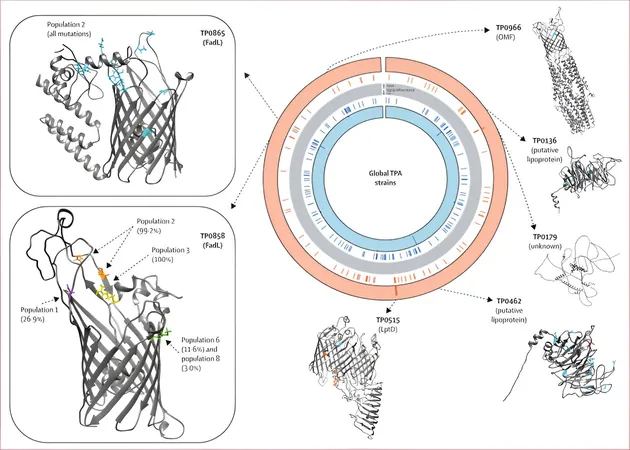
Are AI-Powered Robots the Next Leap in Respiratory Health Care?
2024-09-17
In a groundbreaking presentation during the European Respiratory Society (ERS) Congress 2024, attendees were introduced to AMECA, a sophisticated humanoid robot that harnesses the power of generative artificial intelligence (AI). This dynamic session brought together leading health care experts and researchers to explore how advanced AI systems can revolutionize respiratory care, improving patient interactions, supporting clinical decisions, and enhancing medical education and training.
A Glimpse into the Future: The Promise of Generative AI
Before unveiling AMECA, Io Hui, PhD, a researcher at The University of Edinburgh, underscored the potential of generative AI in the health sector, especially in respiratory care. Unlike traditional AI, which only analyzes existing data, generative AI can create new data, displaying intelligence levels comparable to third-year medical students in US medical licensing exams. Hui asserted, "Generative AI possesses a baseline intelligence that enables it to respond to patient inquiries and assist them."
Historically, robotics have made their mark in health care, with surgical robots such as the da Vinci Surgical System improving precision during surgeries. Recent innovations have led to the emergence of humanoid robots, which are classified into two main types:
Types of Humanoid Robots
1. Robots resembling humans but immobile: Examples include AMECA, Nadine, and Sophia. 2. Robots capable of walking and moving but lacking human-like facial features: Notable figures in this category are Optimus, Figure, and Atlas.
Hui posited that integrating generative AI into humanoid robots could dramatically enhance patient engagement. These robots can converse naturally, streamline clinical decision-making, expedite diagnoses, and provide crucial advice, potentially reducing unnecessary medical procedures. However, Hui cautioned against potential misuse of such technology, which might foster misinformation or compromise patient data privacy.
AMECA's Role in Respiratory Care
Developed by Engineered Arts Limited in the UK, AMECA operates on ChatGPT 4.0 technology, equipped with distinguishable natural language capabilities. Hilary Pinnock, MD, a primary care respiratory medicine professor at the University of Edinburgh, shed light on AMECA's impressive yet limited abilities. While it can engage in human-like conversations, it struggles with more complex queries, as Pinnock illustrated with specific interactions.
For example, when asked straightforward questions about chronic obstructive pulmonary disease (COPD) or asthma treatment, AMECA delivered concise answers. However, when faced with advanced inquiries about macrophages in malignant pleural effusions, its responses veered off-topic, demonstrating a current limitation in processing complex medical information.
The Future of Healthcare: Supplementing, Not Replacing
While AMECA and similar AI-enabled robots present substantial opportunities to enhance health care efficiency, serving functions such as information summarization and medication reminders, they cannot replace the human element essential for effective patient care. Experts at the ERS Congress emphasized that tackling challenges surrounding ethical implications, data privacy, and the understanding of non-verbal cues is paramount as AI integration expands in the medical field.
AMECA itself pointed out the need for clear regulations: "Regulating artificial intelligence requires us to set ethical standards, ensure transparency, and hold ourselves accountable to harmonize innovation with public health."
As we look towards the future, the pivotal question remains: How will AI-powered robots like AMECA shape the landscape of respiratory care? With their ability to enhance efficiency and patient outcomes, their integration into health care might just be the transformative shift the industry needs.




 Brasil (PT)
Brasil (PT)
 Canada (EN)
Canada (EN)
 Chile (ES)
Chile (ES)
 España (ES)
España (ES)
 France (FR)
France (FR)
 Hong Kong (EN)
Hong Kong (EN)
 Italia (IT)
Italia (IT)
 日本 (JA)
日本 (JA)
 Magyarország (HU)
Magyarország (HU)
 Norge (NO)
Norge (NO)
 Polska (PL)
Polska (PL)
 Schweiz (DE)
Schweiz (DE)
 Singapore (EN)
Singapore (EN)
 Sverige (SV)
Sverige (SV)
 Suomi (FI)
Suomi (FI)
 Türkiye (TR)
Türkiye (TR)